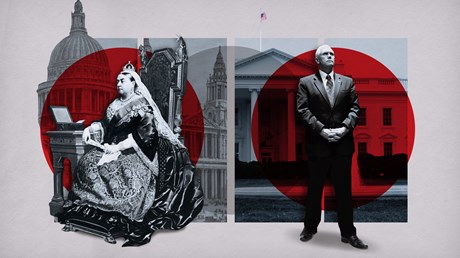How Mike Pence and Queen Victoria both started intellectual debates over these avenues of healing.

Last month, Thomas Chatterton Williams, a contributing writer for TheNew York TimesMagazine and Harper’s Magazine, tweeted an image of Vice President Mike Pence and the members of the Coronavirus Task Force praying in the White House. The simple photograph, originally uploaded to the White House Flickr account on Feb. 26, shows Pence sitting in a chair and bowing in prayer as at least 15 others in the room also pray. Williams seemed to be deeply troubled by the scene. “Mike Pence and his coronavirus emergency team praying for a solution,” he wrote. “We are so screwed.”
The tweet quickly garnered thousands of retweets. Initial criticism was mostly regarding the alleged lack of physicians or medical doctors in the photo. Others noted the few if any public health or policy experts. But ultimately the tweet devolved into a heated debate on social media about science, religion, and the efficacy of prayer. Astrophysicist and science educator Neil deGrasse Tyson, for instance, tweeted that the coronavirus crisis requires science, “not magical thinking.” Angela Rassmussen, a virologist at Columbia University, also criticized the prayer. “I have yet to attend a scientific meeting that begins in prayer,” she wrote.
These are just some examples of recent “prayer shaming,” a term describing the ridicule toward people who offer their “thoughts and prayers” for victims of tragedies. But they are also part of an old debate about the conflict between religion and science. A similar controversy raged on both sides of the Atlantic during the second half of the 19th century.
In the fall of 1871, the prince of Wales, Albert Edward, fell gravely ill from typhoid fever. ...
from Christianity Today Magazine https://ift.tt/3eEFRuO
No comments:
Post a Comment